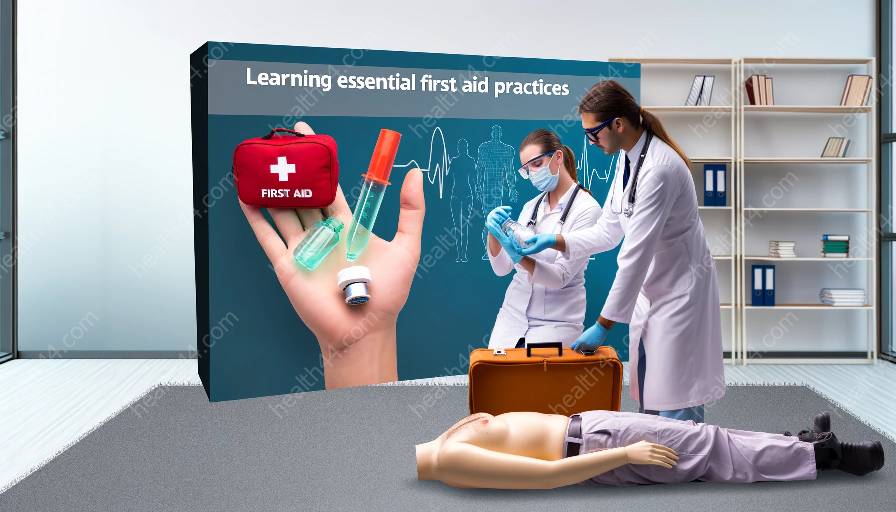Wilderness first aid (WFA) is a crucial skill set for anyone involved in outdoor activities, whether it be hiking, camping, or adventure sports. In remote and wilderness settings, access to medical help may be limited or non-existent, making it essential for individuals to be prepared to provide immediate medical care. This is where wilderness first aid knowledge comes into play.
Understanding wilderness first aid is not only important for personal safety but is also a valuable skill for anyone involved in the fields of first aid, health education, and medical training. In this topic cluster, we will explore the significance of wilderness first aid, the essential skills and knowledge it entails, and its relationship with broader concepts in first aid and medical education.
Importance of Wilderness First Aid
Wilderness first aid is distinct from traditional first aid in that it focuses on providing medical care in remote and challenging environments where professional medical help may not be immediately accessible. Here are some key reasons why wilderness first aid is essential:
- Remote Locations: Outdoor activities often take place in remote areas where access to emergency medical services is limited.
- Extended Response Time: Emergency responders may take longer to reach the scene in wilderness settings, making it crucial for individuals to be able to provide initial care.
- Self-Reliance: Individuals may need to rely on their own skills and knowledge to stabilize a medical condition until help arrives.
- Adventure Sports: Participants in activities such as rock climbing, mountaineering, and whitewater rafting may encounter serious injuries that require immediate attention.
Key Skills and Knowledge in Wilderness First Aid
Wilderness first aid training equips individuals with a unique set of skills and knowledge tailored to address medical emergencies in remote settings. Some of the essential components of wilderness first aid include:
- Assessment and Triage: The ability to assess the severity of injuries and prioritize care based on available resources.
- Wound Management: Techniques for cleaning and dressing wounds to prevent infection and promote healing.
- Fracture and Sprain Care: Splinting and stabilizing techniques for broken bones and sprained joints when access to medical facilities is limited.
- Environmental Hazards: Understanding and managing risks associated with exposure, hypothermia, heat-related illnesses, and wildlife encounters.
- Improvised Care: Utilizing available resources to provide medical care, such as creating makeshift splints or slings.
- Communication and Evacuation: Establishing effective communication and planning for evacuation in case of serious emergencies.
Connection to First Aid Training
Wilderness first aid aligns with broader concepts in first aid training, providing a specialized focus on addressing medical emergencies in remote and challenging environments. While traditional first aid covers foundational medical care in urban and suburban settings, wilderness first aid expands on these principles to address the unique challenges of outdoor environments. Understanding wilderness first aid enhances an individual's overall first aid proficiency, making them better prepared to respond to emergencies in any setting.
Integration with Health Education and Medical Training
Health education and medical training encompass a wide range of knowledge and skills related to promoting health and providing medical care. Wilderness first aid serves as an important component within these fields by emphasizing the adaptability and resourcefulness needed to address medical emergencies in wilderness settings. Incorporating wilderness first aid into health education and medical training programs ensures that individuals are equipped to provide care in diverse and unpredictable environments.
Conclusion
Wilderness first aid is an indispensable skill set that complements traditional first aid and plays a critical role in health education and medical training. By understanding the importance of wilderness first aid, the essential skills and knowledge it encompasses, and its integration with broader concepts in first aid and medical education, individuals can be better prepared to address medical emergencies in remote outdoor settings.



